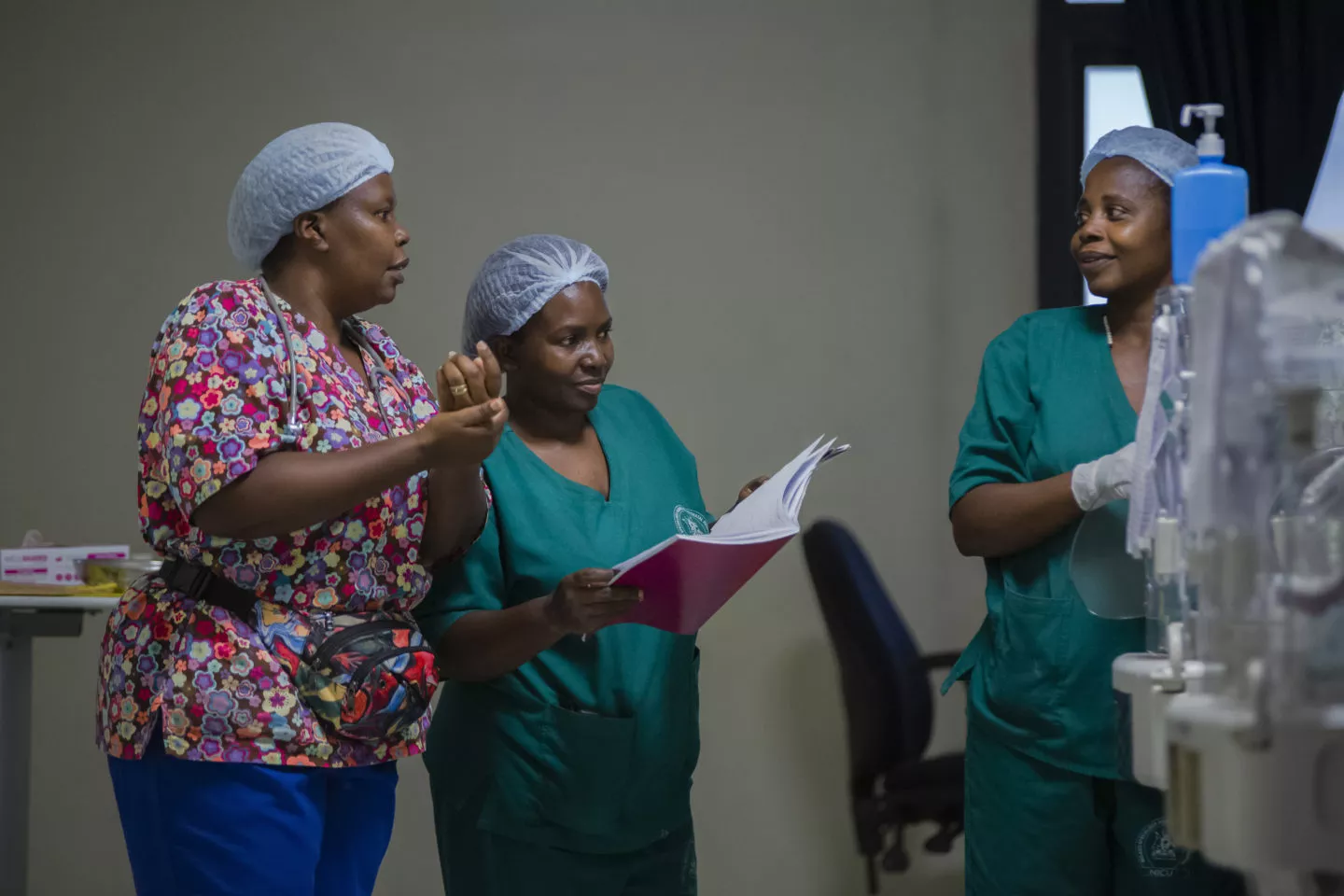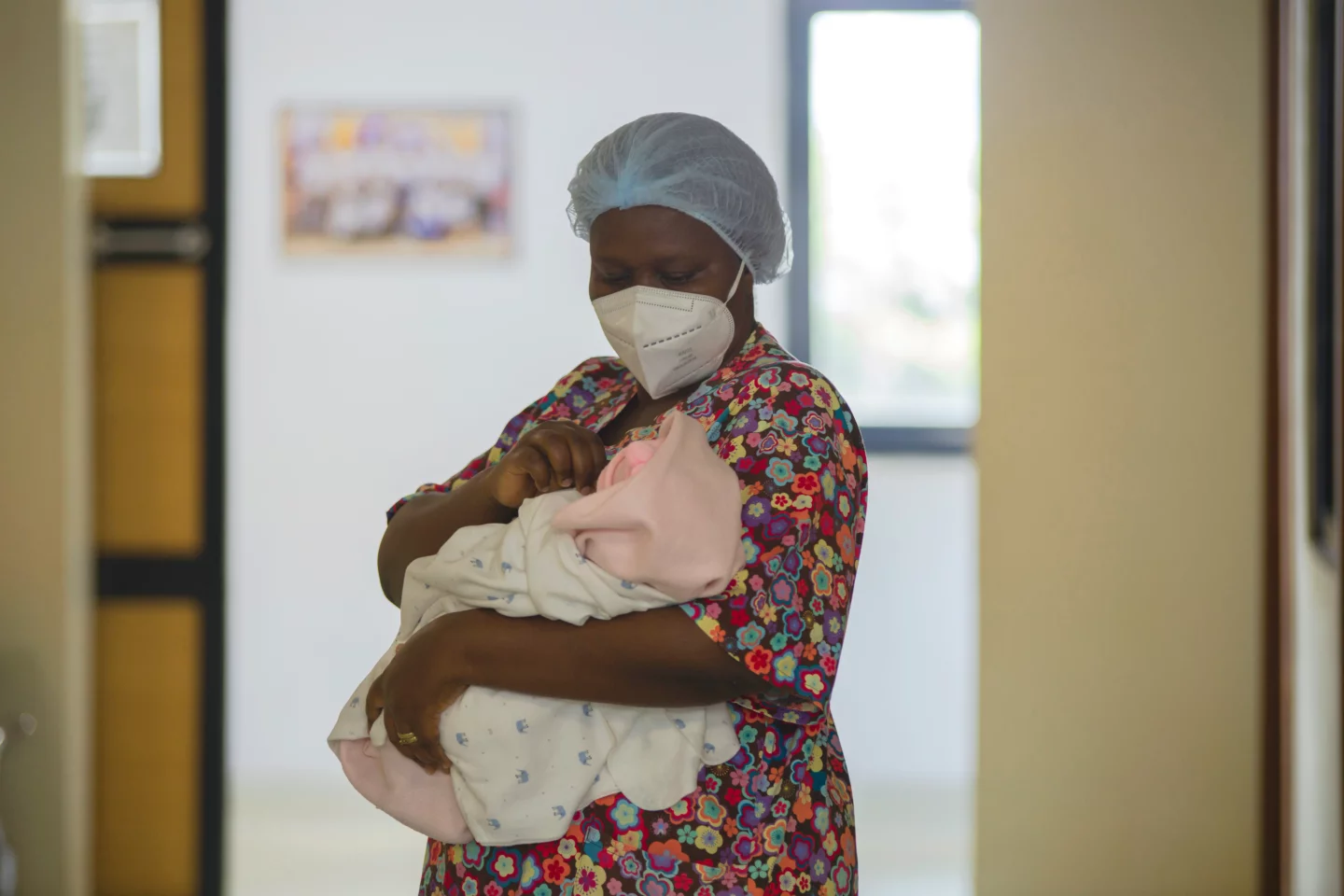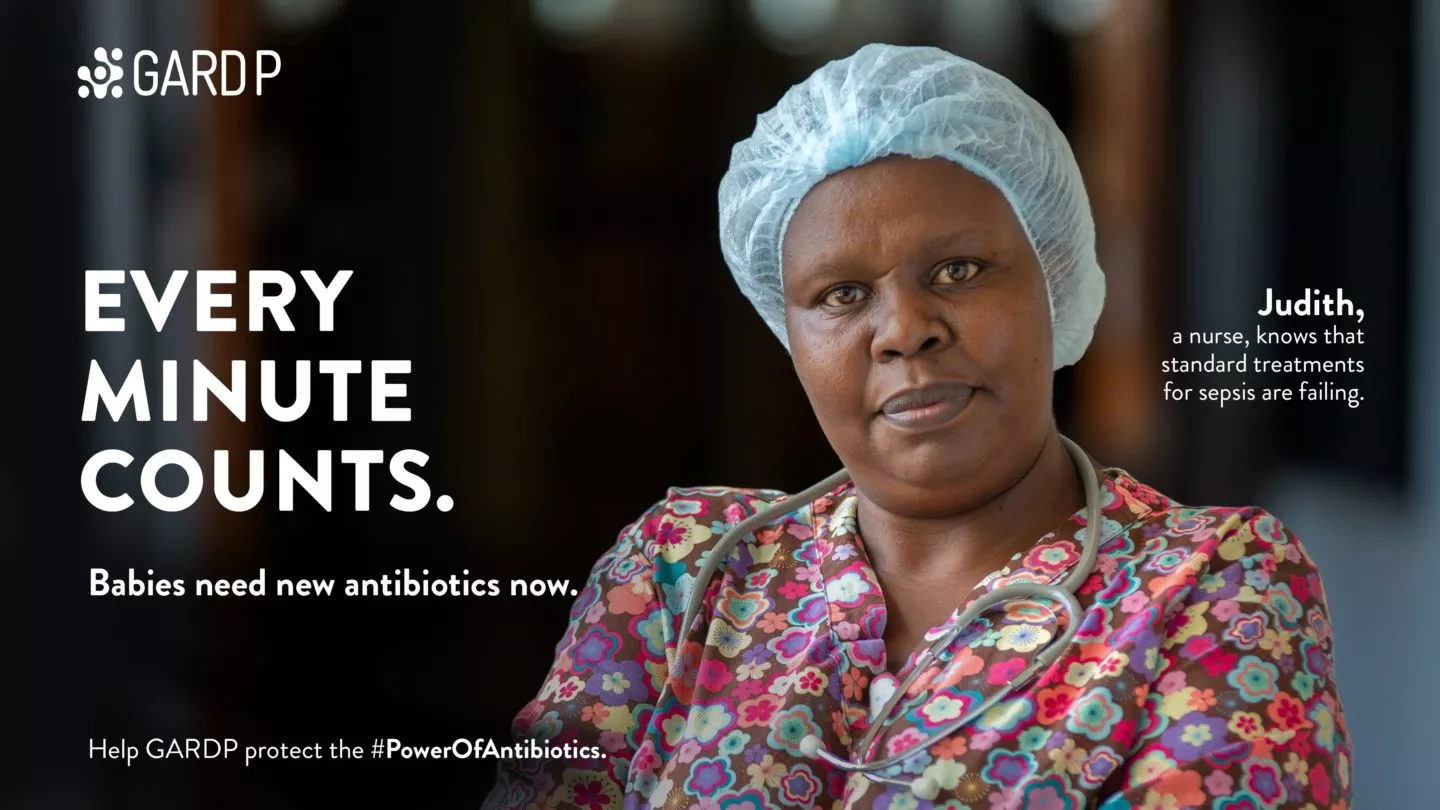Treating newborns with sepsis in Uganda
It is the start of another day at Mulango Specialized Women and Neonatal Hospital in Kampala, Uganda. Judith Atucungwire, head nurse in the Neonatal Intensive Care Unit (NICU), puts on her scrubs and hair net, and drapes a stethoscope around her neck. Then she sanitizes her hands and meets with colleagues to go over the latest test results for newborns in the unit. Judith has been tracking their progress closely over the past few days, watching for signs like changes in skin colour or difficulty breathing.
“One moment they seem to be improving and getting better, and in a matter of hours things change,” says Judith.

All babies in the NICU are at high risk. When they are admitted, Judith and other healthcare workers draw blood to test for inflammation in the body and count blood cells. They look for signs of anemia as well as sepsis, the body’s life-threatening reaction to severe infection.
In the case of sepsis, every minute counts. Doctors must administer antibiotics quickly.
If the treatment is effective, Judith will see the difference: the baby will become more active and eat more.
If the treatment is ineffective, doctors will search for alternative treatments in an effort to save the baby’s life.
Unfortunately, doctors have noticed that the standard treatments for neonatal sepsis are increasingly ineffective.
“The biggest challenge now is that the common drugs are few but with very high resistance,” said Dr Flavia Namiro, who works alongside Judith at Mulango Specialized Women and Neonatal Hospital. “Finding options is becoming harder and harder every day. And second-line drugs are more expensive – not everyone can afford it,” she said.
Despite these challenges, Judith finds immense satisfaction in her work.

“I get overjoyed when I see babies smiling in their sleep or when I see their bright beaming faces—it means I am doing something right,” she said.
From 2018-2020, GARDP and partners carried out a global observational study of over 3200 newborns with sepsis at 19 hospitals in 11 countries, including at the Mulango Specialized Women and Neonatal Hospital in Uganda. Results from the study have been used to design an upcoming trial of combination treatment regimens for newborns with sepsis.
